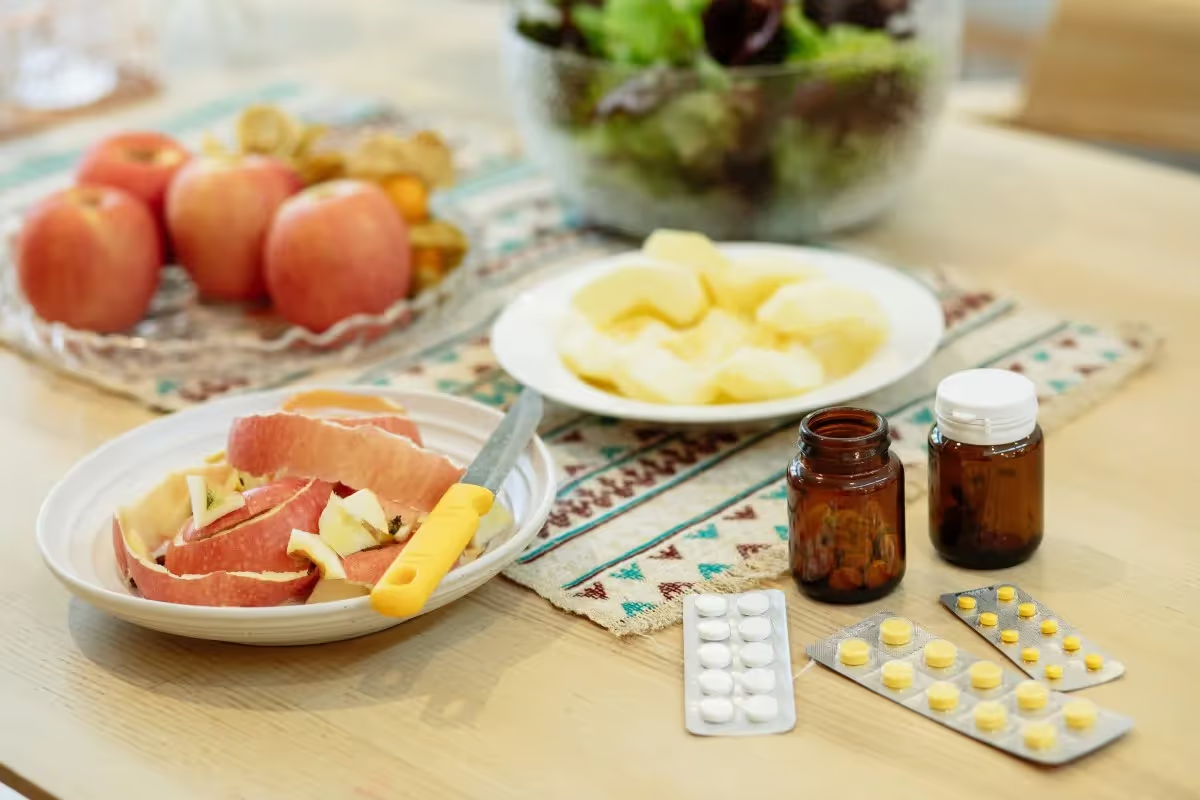
A paper published in ADMET & DMPK discusses, Food effect risk assessment in preformulation stage using material sparing microFLUX methodology.
The intake of food and meal type can strongly impact the bioavailability of orally administered drugs and can consequently impact drug efficacy and safety. During the early stages of drug development, only a small amount of drug substance is available, and the solubility difference between fasted state simulated intestinal fluid and fed state simulated intestinal fluid may provide an early indication about the probable food effect.
In the paper, researchers demonstrated using 11 model compounds that in addition to the drug dissolution in biorelevant media, the evaluation of the diffusion flux of a drug in solution, across artificial lipid coated membrane, where only the unbound drug crosses the membrane, is a reliable way to predict the food effect. The model drug compounds used in the study were Amiodarone, Celecoxib, Clopidogrel, danazol, Fluoxetine hydrochloride, Furosemide, Griseofulvin, Isoniazid, Nefazodone HCl, Nifedipine, and Zidovudine.
Although, the combination of dissolution and diffusion flux may not reliably predict the food effect in case of drugs undergoing intestinal metabolism or when transporters are involved in the drug absorption, the technique generally provides good information about the food effect at very early stages of drug development that may help in designing a clinical plan by adjusting the drug dose in the fed state.
The authors concluded, in part, that a combination of dissolution and permeation (diffusion flux measurement) has better food effect predictive capability than the solubility/dissolution alone. The flux-based method with lipid-coated artificial membrane was found to be more reliable than the solubility/dissolution alone in predicting the food effect in the cases where the drug absorption was driven by passive transcellular diffusion.
You may contact us to learn more about the Pion Rainbow UV-vis concentration monitor and microFLUX apparatuses described in the Materials and Methods section.

